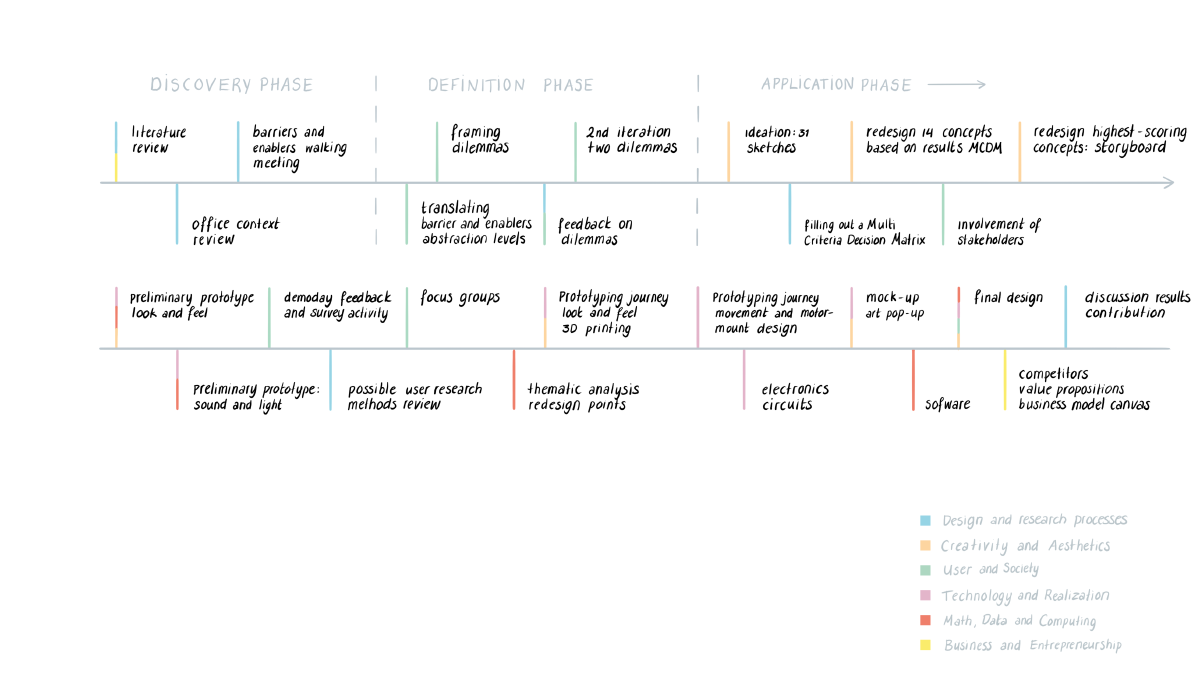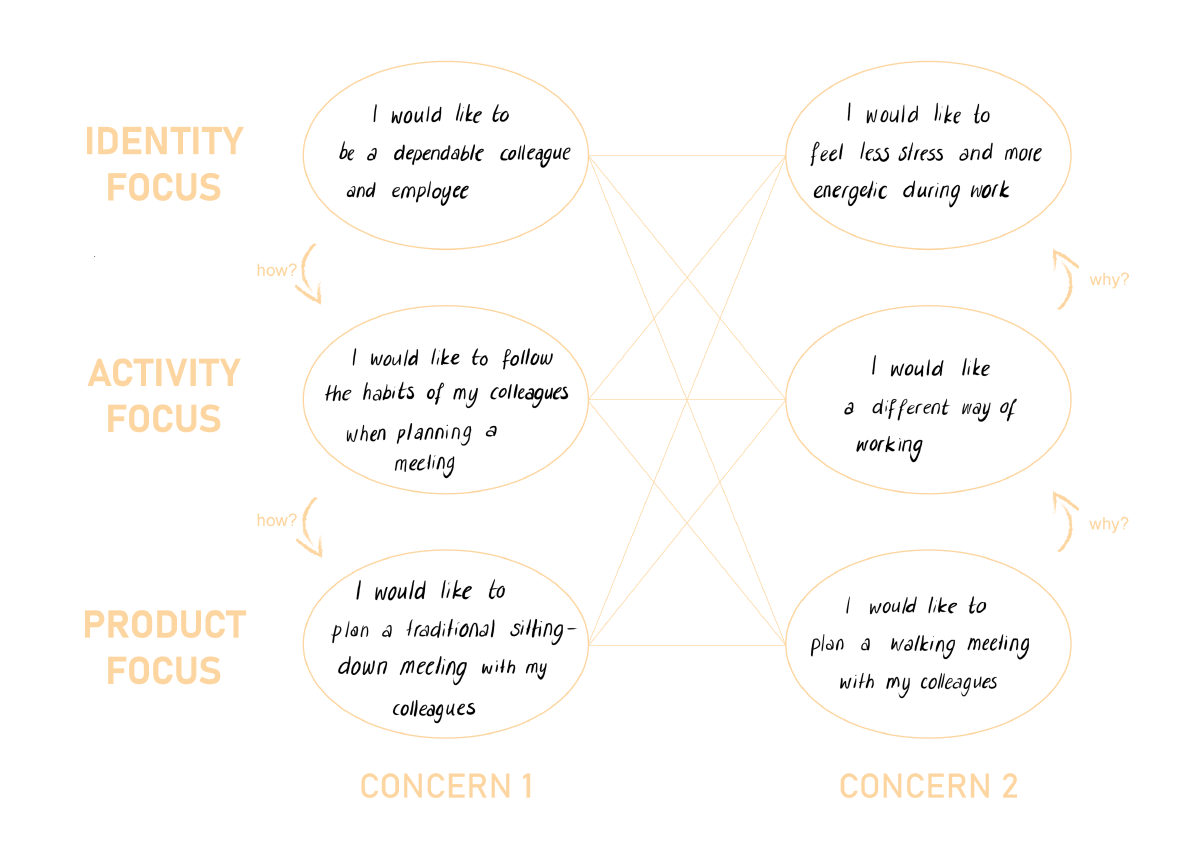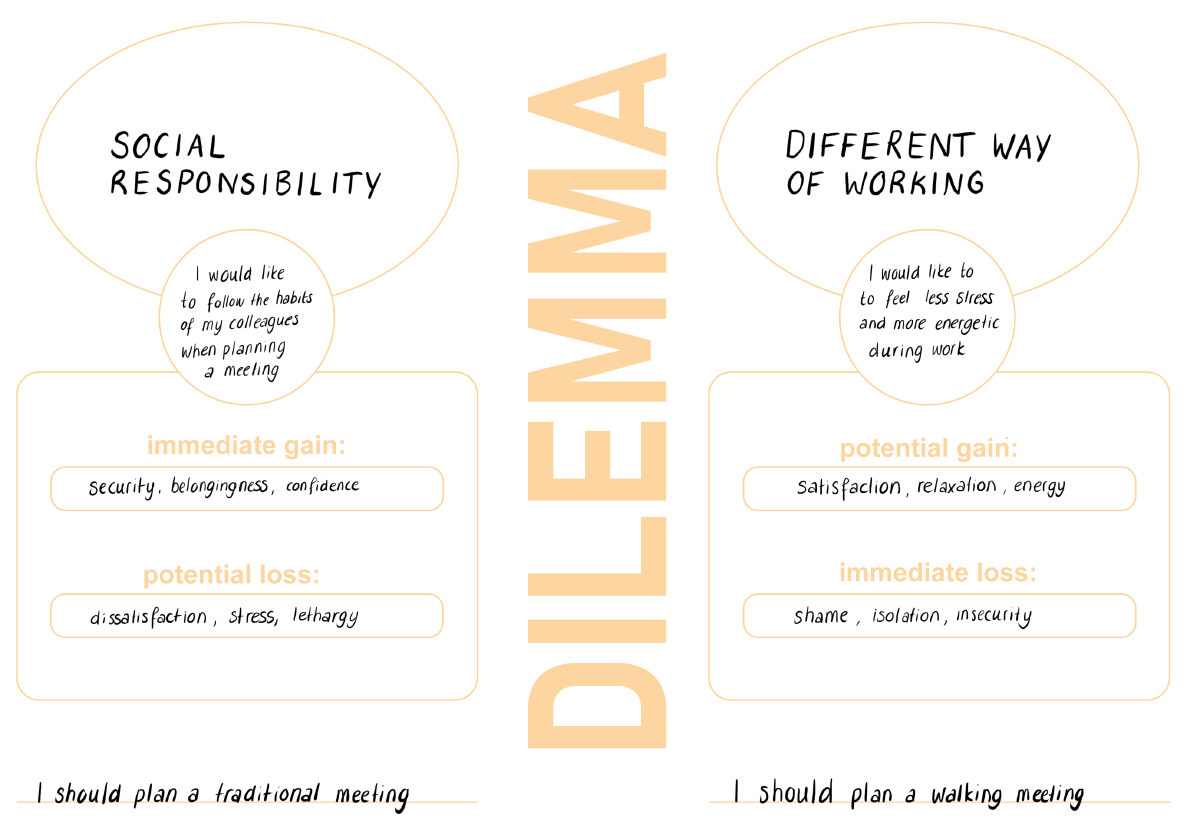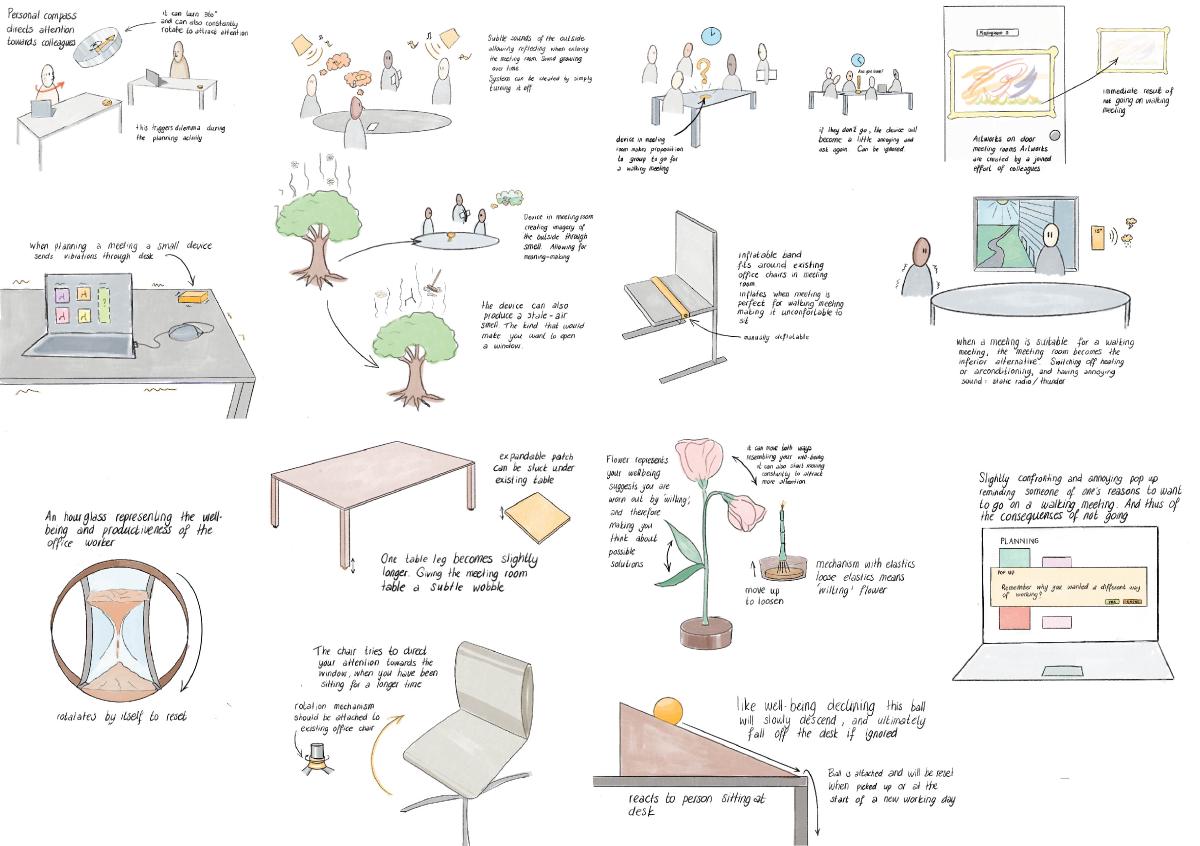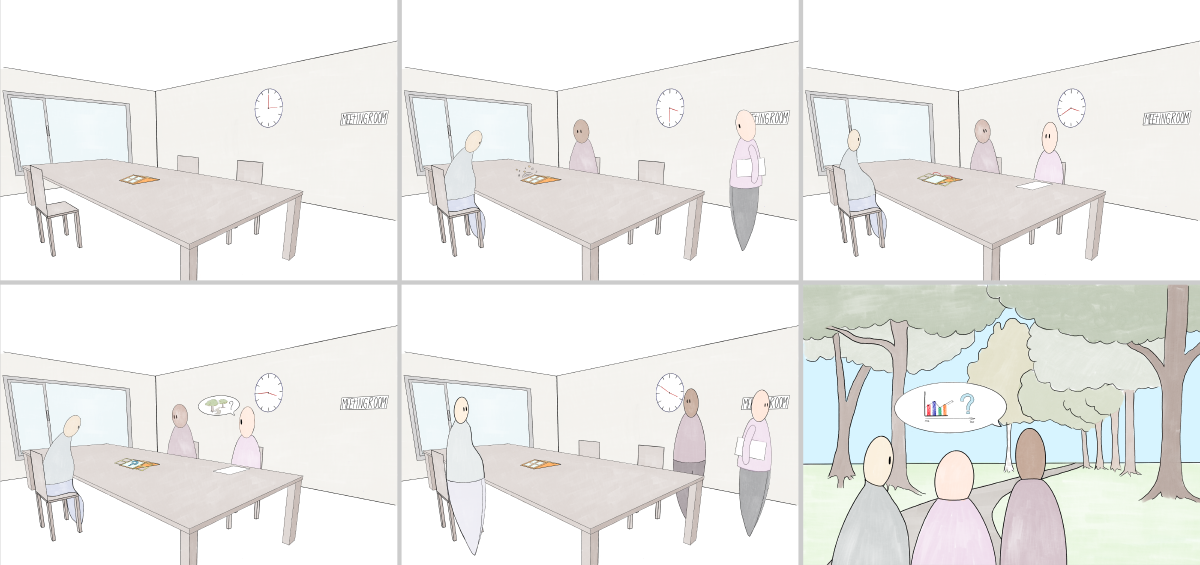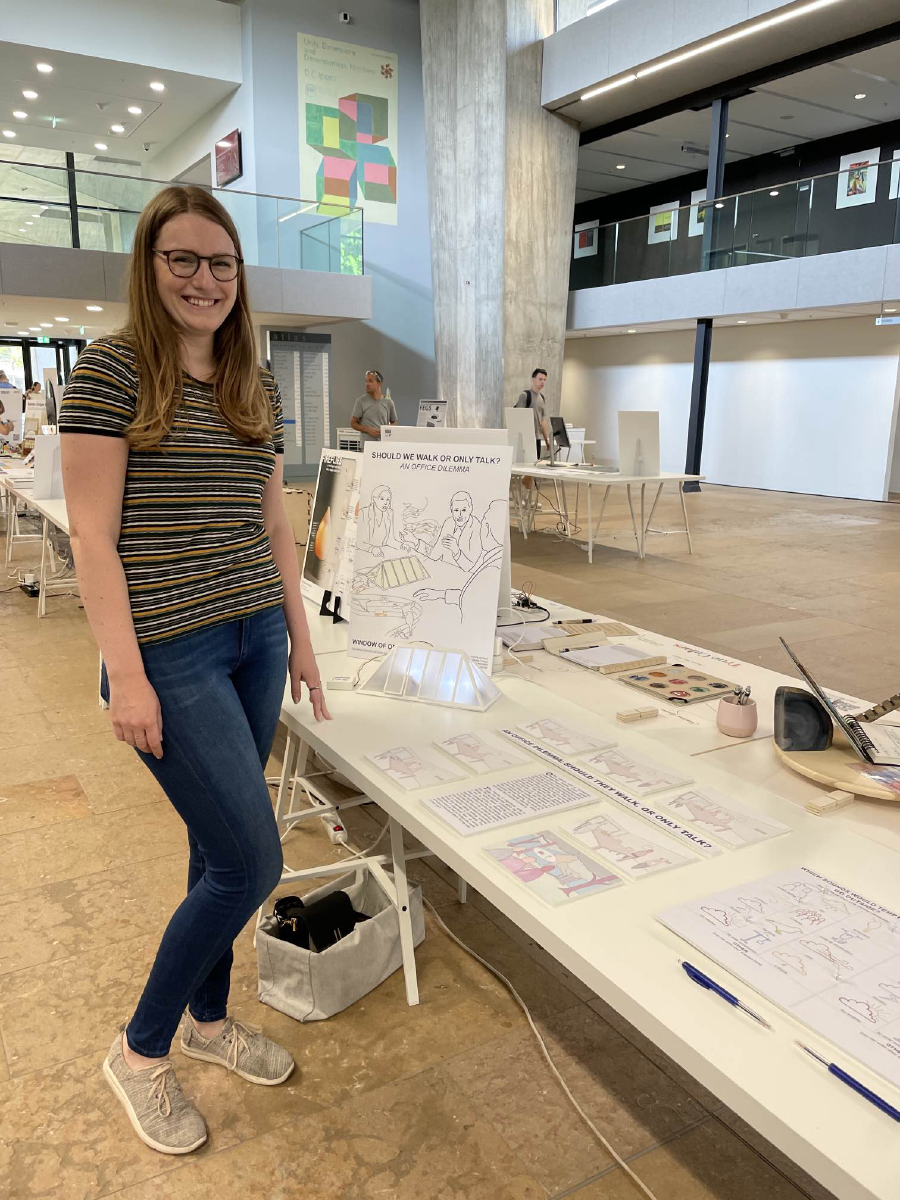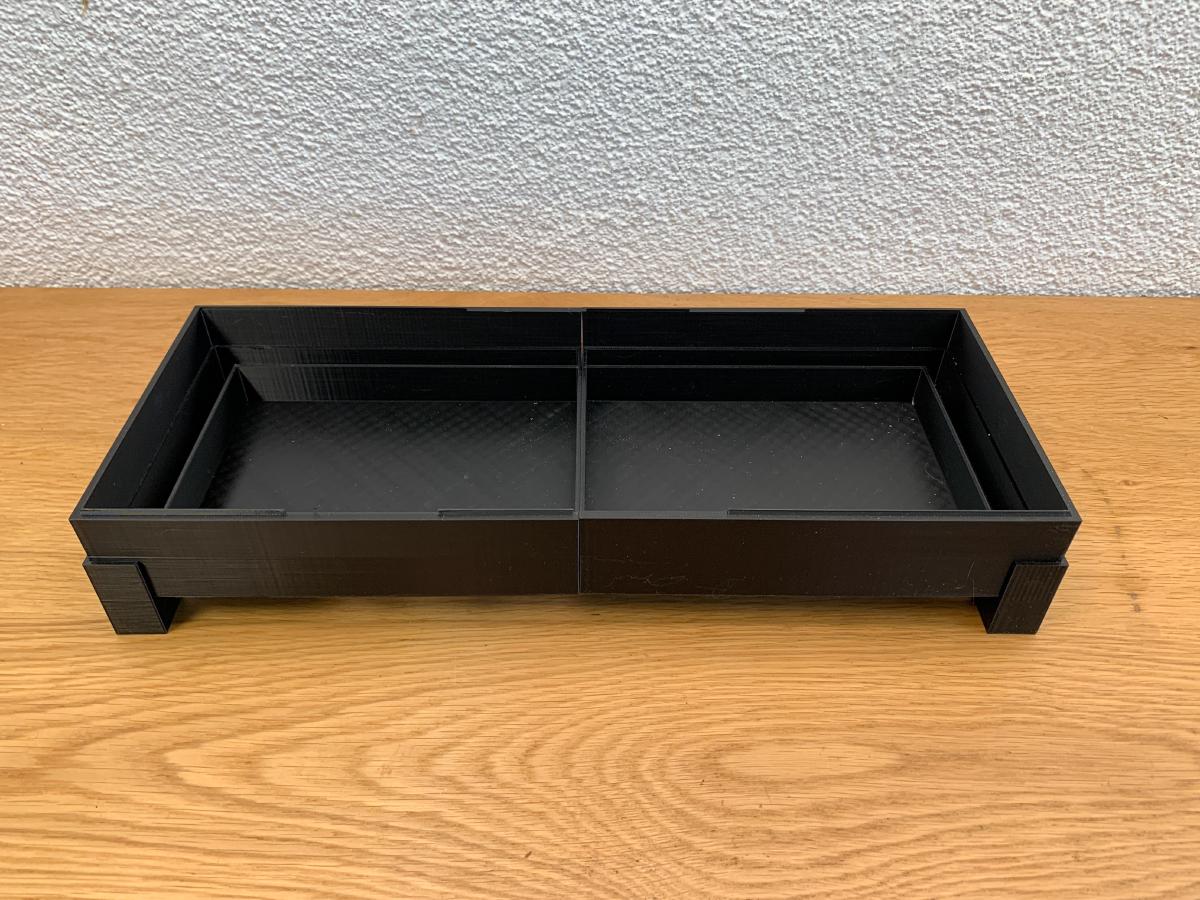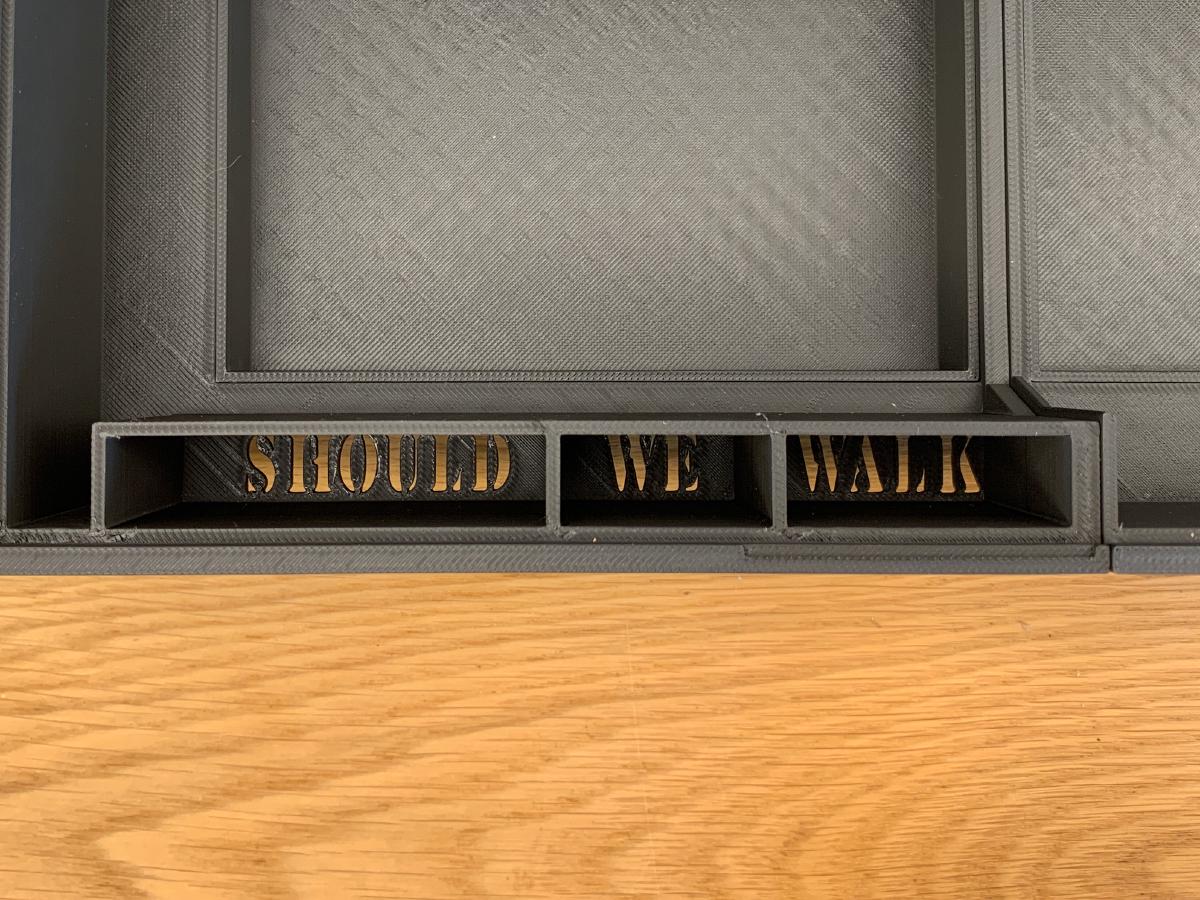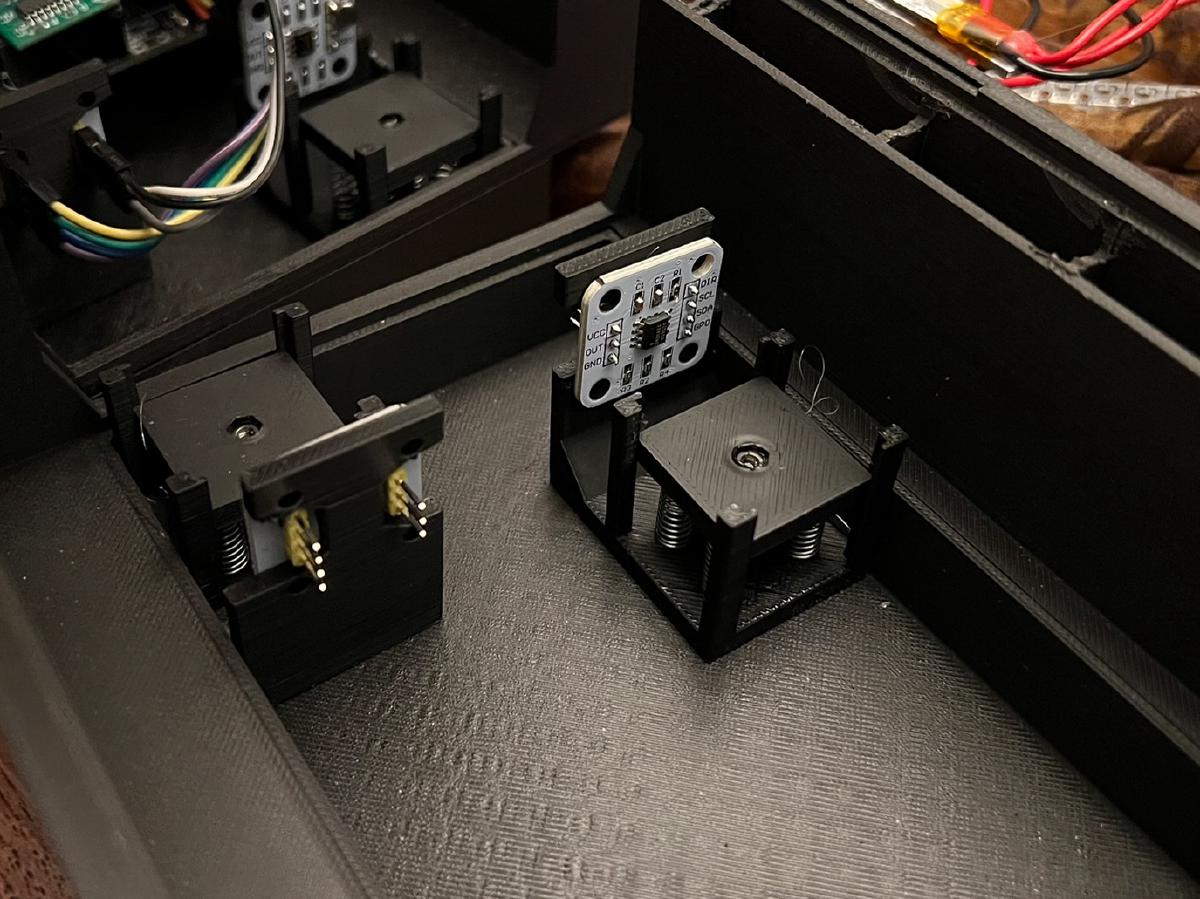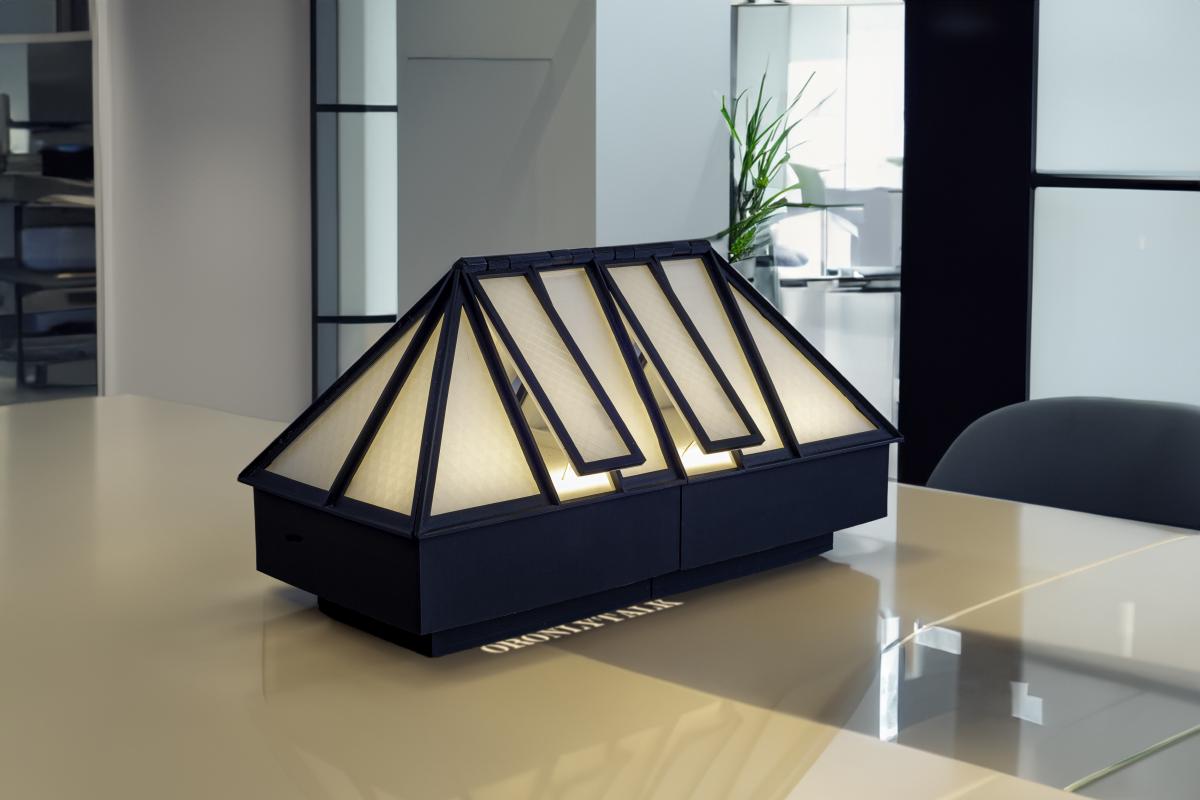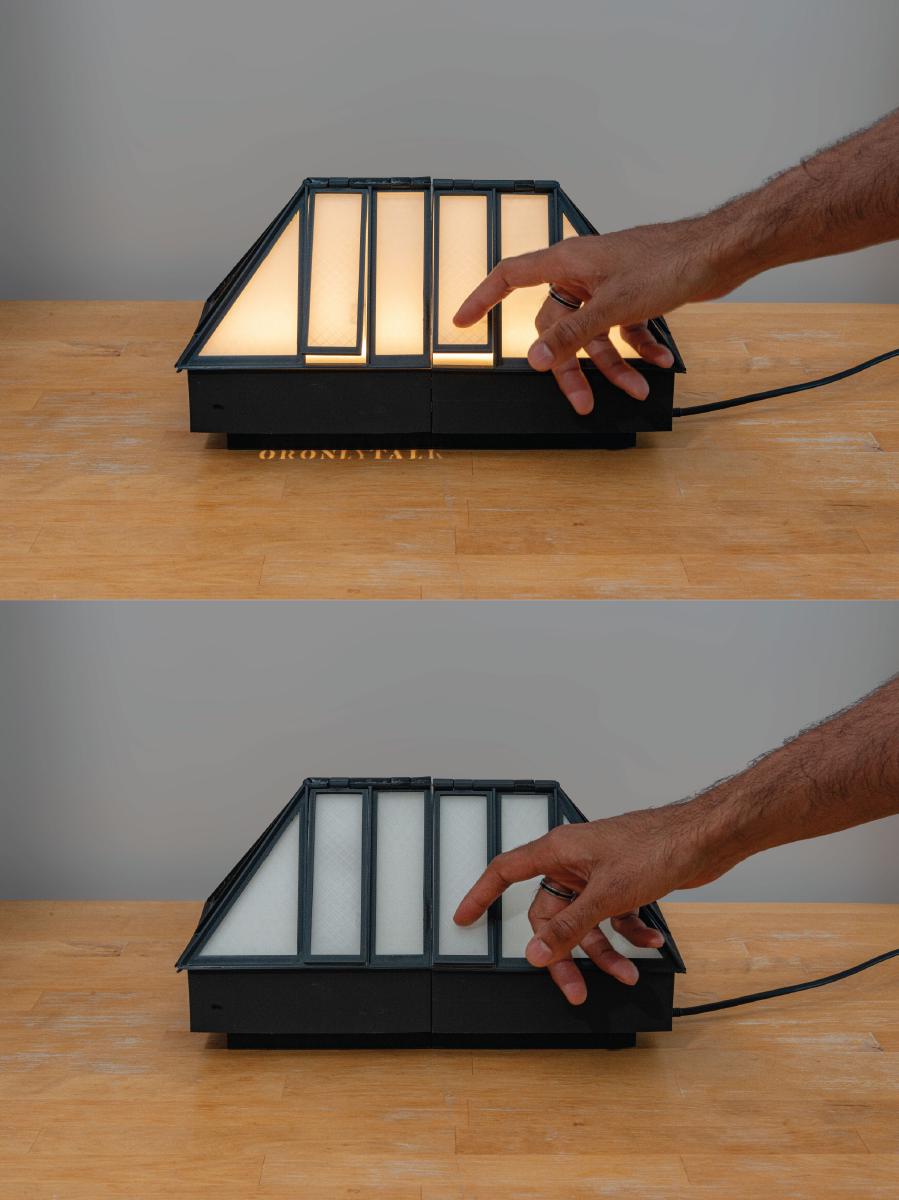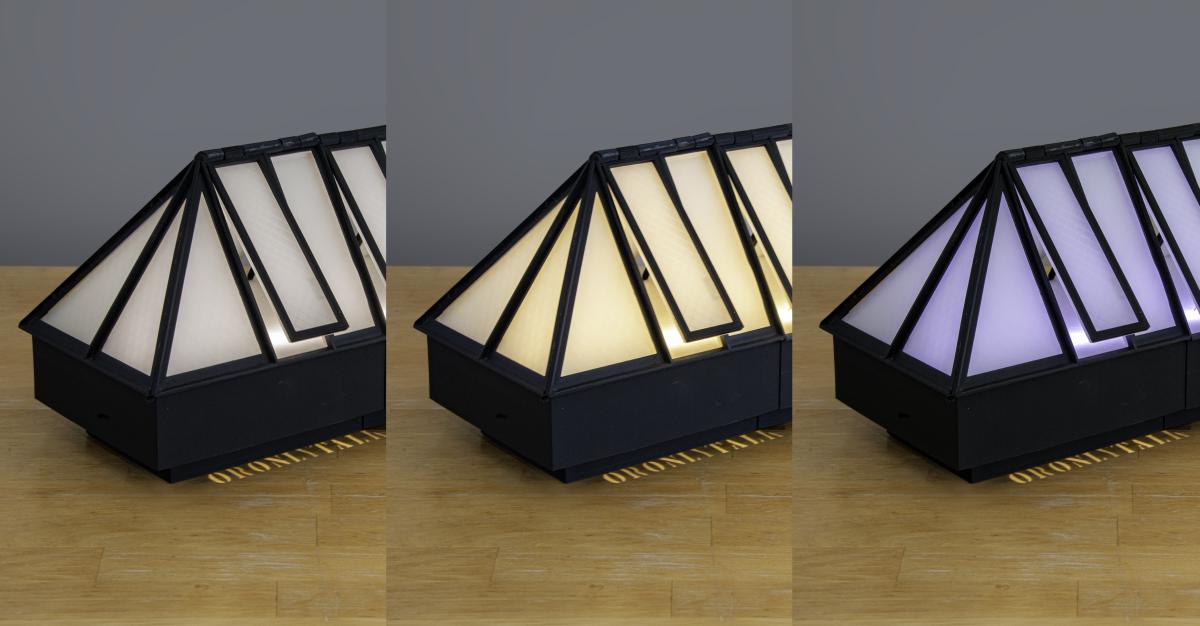Final Master Project
Should we walk or only talk? Dilemma Driven Design against a sedentary office lifestyle
I was able to combine topics from previous projects (e.g., physical activity motivation, social office encounters) and my design vision into my FMP. My FMP focuses on triggering an internal dilemma within the individual of going for a walking meeting vs. a traditional meeting, with the decision moment in a social office setting. I started the design process from the Dilemma Driven Design (DDD) Framework perspective, where you look at both sides of an internal dilemma and find all the concerns equally important. Looking at the user as a whole is in line with my professional identity and vision. I collaborated with my (research) client to further define my take on her topic of walking meetings. I extensively reviewed the literature to root the framed dilemmas in previous work and asked for feedback from other researchers. I used the design strategy Aesthetic of Friction (AoF) during my design process to design for the dilemma and create the Window of Opportunity.
I started my ideation process by sketching 31 concepts, using multiple creativity techniques, and combining these with my literature review on ways to nudge. Ideation through sketching is one of my preferred methods, as I like visualizing my thoughts, and this makes it easier to communicate them to others. Through an iterative process I narrowed down the options using a Decision Matrix with assessment criteria and used the assessment for inspiration for redesigns. I also involved multiple stakeholders (i.e., client, project coach, users) to evaluate the sketched concepts and help me choose the final direction. I like the involvement of stakeholders with different backgrounds, as it gave me a broader view of how the sketched concepts were perceived.
Throughout this project, I had a lot of opportunities to focus on prototyping and the journey of this. In both the preliminary and final prototypes, I focused extra on the aesthetical and technological aspects that came with this. While hardware and programming are not my main areas of expertise, I do see how much this is intertwined with the perceived aesthetics of a product. I used my knowledge from previous projects, but I did learn a lot of new things, like making circuits in KiCad, and designing the mechanics for the motor mount, as to make the aesthetics of interaction as I intended. I chose within this project not to spend more time trying to program and realize a deployable prototype as I rather focused on my other learning goals. I learned a lot from the experts who helped me while programming the software and making the 3D model, and I learned how to communicate to them what I envisioned.
Within this project I also focussed on finding and altering different user research methods for my benefit. I used user research methods like survey activity, a focus group in combination with role-play, an experiential prototype, and laddering, and I wrote what I would do for a future user study. Making pro and con lists for possible methods using the book “Universal Methods of Design”, made me more familiar with what possibilities are available.
I still found it hard within my prototype to find balance with ambiance, nudging, and creating friction in a social setting while still keeping it acceptable in the social office setting. Therefore, the preliminary prototype lacked interaction options. In the final prototype, I tried to include a meaningful interaction with the product. I also worked with Figma for the first time, making a mockup of my envisioned art pop-up.
The business model canvas was a great way to explore the business potential of the Window of Opportunity. It helped me put the design from research within real life by looking at the competitors and thinking of the possible market. The value propositions helped me explore the value for both the target customer and the target user, as they have different interests that need to be addressed.
As I am quite research oriented I found it important that my design project was rooted in prior work. I took on the challenge to approach the problem of feeling barriers and drivers to plan a walking meeting, through the perspective of DDD, which was rather new for a social office setting. The conclusion of my FMP is future possibilities and recommendations when using different design perspectives and strategies. It is not very absolute, as one can take many different turns in the design process, and it could most likely give a different outcome. As a result of the choices I made for my learning goals, I could not clearly conclude my exploration of the AoF in a social setting, as I could not test this in context. Perhaps I should have foreseen that my learning goals could clash with my chosen design strategy due to my previous experience. However, using DDD and AoF did show potential and aided a lot in my professional vision and identity. It also gave me a clearer view of who I want to be as a designer. In the future, I would be more considerate of a project’s time and expertise limits and choose the perspectives, design strategies, or research methods more carefully.
Throughout my FMP, I learned a lot of new things while integrating the skills I learned during my master’s. The topic was a challenge for me, but I think I am now a stronger designer with a clearer view of what I want to design. This project further shaped my Identity and Vision for design, as I saw the worth in the holistic perspective the DDD framework gives and that I truly am an empathic designer. This project also allowed me to use a promising design strategy like the AoF again but try it out in a social office setting. I also learned that I have a lot of perseverance; I don’t give up easily when facing challenges. This translated to my current professional Identity. Overall I got to further enhance my skills and expertise, become more confident in who I am as a designer, and have a clearer view of what I want the future of design to be.
